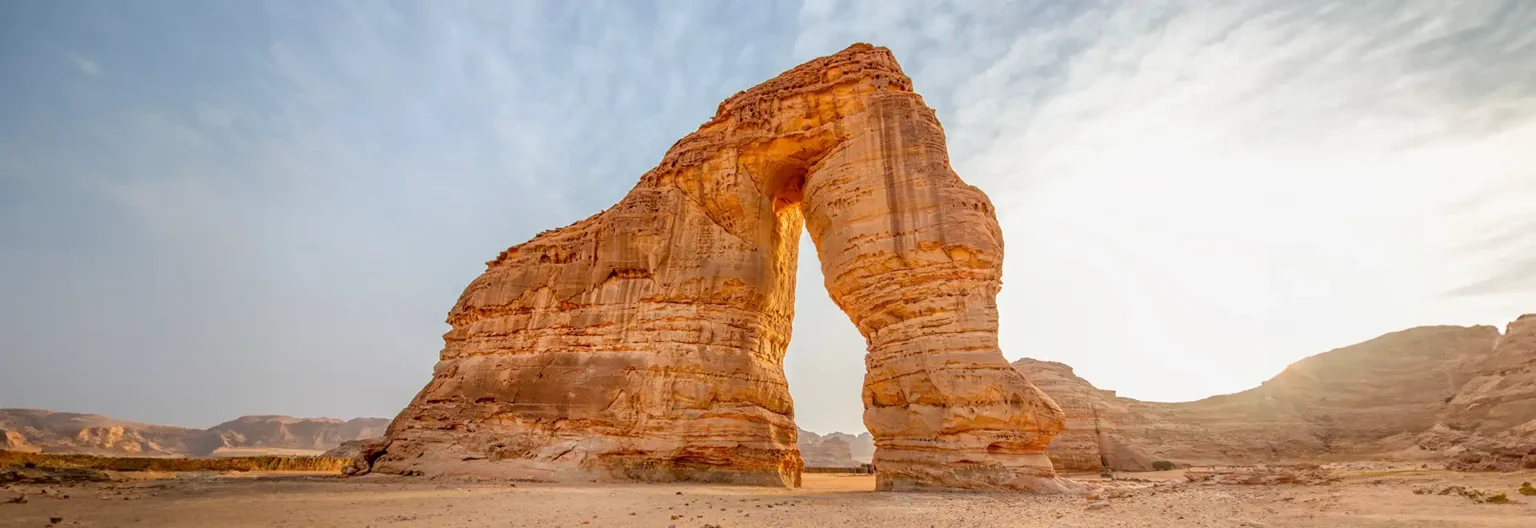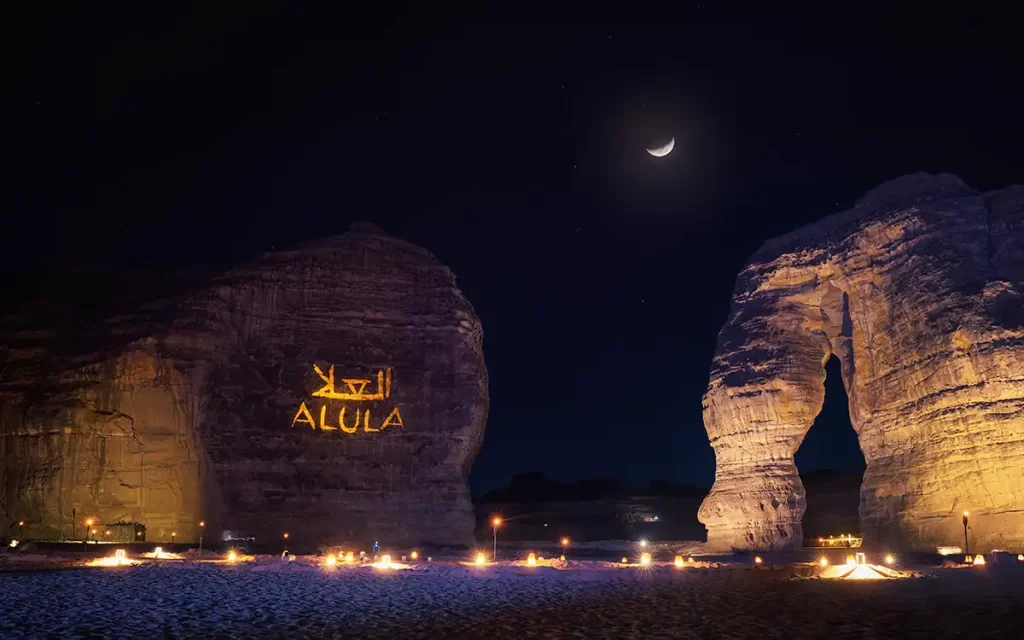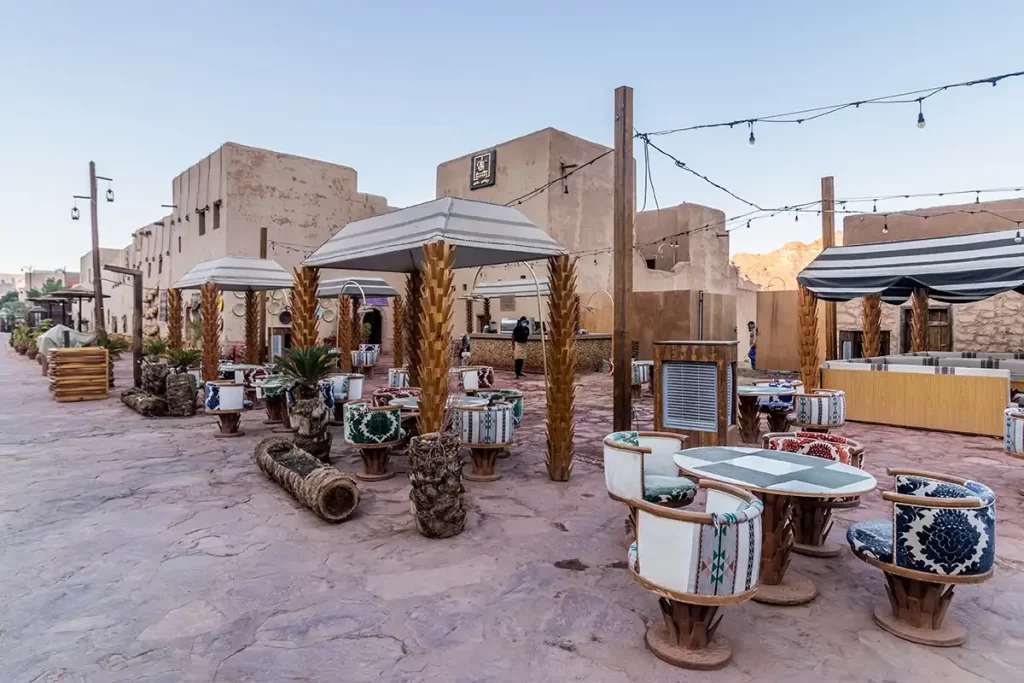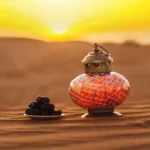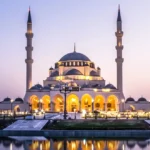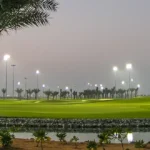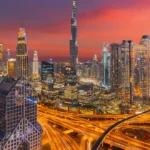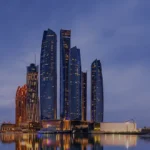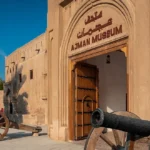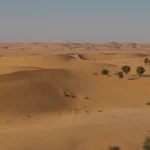Al Ula: An Ancient Pearl of Wonders
Situated in northwest Saudi Arabia, Al Ula is one of the most spectacular hidden treasures globally. It boasts incredible landscapes and unique rock formations, alongside history. Being a crossroads on the Incense Route has changed into becoming a vibrant metropolis as Al Ula now welcomes its guests to see its beauty and treasure-a blend of an ancient past with a vision of a future.
Historical Background
Hegra or Mada’in Salih, is a UNESCO World Heritage Site in Al Ula and the second largest Nabataean city next to Petra in Jordan. The tombs, carvings, and stone structures have left an impressive legacy by which visitors can still marvel over today.
A Crossroads of Trade: For many centuries, Al Ula was a major station along the Incense Route connecting Arabia to the Mediterranean and Asia. The strategic position allowed for the cultural exchanges and wealth seen in the ancient ruins and elaborate tombs.
Modern Revival: Recently, Saudi Arabia has put great efforts in turning Al Ula into a grand tourism and cultural destination by creating a perfect blend of preservation with innovation. With Vision 2030 in place, this heritage destination has gained attention in global maps
Geographical Landscape
Breathtaking Desert Terrains: Mountainous rocky lands, giant sand dunes, and imposing rock formations with surreal surroundings mark the Al Ula landscape.
This place is known for its fantastic rock formations: the Elephant Rock, for example-the enormous natural edifice that closely resembles an elephant and came to represent this region Its desert surroundings are paired with lush groves of palms, fertile farming land, and ancient wells, so Al Ula is veritable oasis in the desert
Cultural and Archaeological Significance
UNESCO Heritage Site – Hegra (Mada’in Salih): Hegra shows the architectural skills of Nabataeans with wonderful rock-cut tombs with elaborate facades. It has an air of ancient times that is very close to any visitor, giving a taste of a world that functioned more than two millennia back.
Al Ula Old Town:Over 700 years old is old town, made up of a narrow network of streets and mud-brick buildings and historic souk that is part of one of the most important stops on the pilgrimage route, preserved now as a cultural site.
Dadan and Ikmah: These are not well-known sites and pre-date the ancient Dadanites and Lihyanites. The site is also important because of its red rock face tombs, where sometimes it is termed an “open library” in respect of the inscriptions describing ancient life and beliefs.
Best Time to Visit
Winter:November to March: The city has much milder temperatures during winter. It is the perfect time to roam around outdoors and visit archaeological sites. This is also a time of many cultural events.
Al Ula Moments: This is an annual festival that celebrates the heritage of the region by organizing concerts, art exhibitions, stargazing, and hot-air balloon rides for visitors to experience Al Ula in a different way.
Top 10 Attractions You Cannot Miss in Al Ula
Hegra (Mada’in Salih): This was the first UNESCO World Heritage Site in Saudi Arabia and boasts 131 rock-cut tombs with beautiful intricate facades carved by the Nabataeans.
Elephant Rock: An elephant-shaped natural rock, Elephant Rock is one of the most photogenic sights around, especially during sunset, when the red sands and rock come alive under the evening lights.
Al Ula Old Town: Step back in time at Al Ula Old Town, where mud-brick homes restored, narrow alleys, and a traditional souk reveal the region’s heritage.
Jabal Ikmah: Often referred to as an “open-air library,” Jabal Ikmah is a canyon full of ancient inscriptions and petroglyphs that tell the stories of the people who once lived here.
Dadan Archaeological Site: Formerly the capital of the ancient kingdom Dadanite and Lihyanite kingdoms, Dadan boasts of great rock-cut tombs similar to Nabataeans.
Maraya Concert Hall:It is a modern art architecture, built with mirrors which merge with the desert environment, and this house accommodates the cultural performances, art installations, and international events.
Al Gharameel: The very slender stone pillars stretch up from the desert bed and provide an attractive landscape to enjoy at night for stargazing while capturing Al Ula’s magic night sky.
Al Ula Oasis: This very green oasis with palm tree groves and water well presents a refreshing stop during your tour in the desert while enjoying walking around this sweet locality or enjoying some fruit local products.
Harrat Uwayrid: Panoramic views of the volcanic plateau offered fantastic and breathtaking panoramas of the dramatic Al Ula landscapes with a wide range of hiking possibilities.
Hot Air Balloon Rides: Hot air balloon ride over Al Ula’s beautiful landscape giving a unique perspective of the ancient sites and natural beauty of areas.
Culinary Al Ula:
Traditional Saudi Delicacies: Visitors can get to enjoy traditional Saudi dishes which include lamb mandi, the spiced rice and meat dish; samboosa, a pastry filled with savory ingredients; and the stuffed pancake called mutabbaq, which comes in meat or vegetable variants.
Date Specialties: Al Ula is known to be a paradise for lovers of dates. The sweet rich Medjool variety happens to be in abundance and visitors can savor fresh produce from local farms or delight in date-based desserts and other snacks.
Desert-Inspired Dining: Most unique experiences of dining in Al Ula are meals that often come with beautiful desert settings mixed with local ingredients and contemporary culinary techniques.
Arabic Coffee (Qahwa): This is usually light-spiced coffee enjoyed with dates. It is an excellent tradition in Al Ula, symbolizing the essence of traditional Saudi hospitality.
Al Ula is a timelessly wondrous place: where ancient civilizations, breathtaking landscapes, and cultural innovation seamlessly come together. Whether hiking through the ancient ruins of Hegra, standing in awe at Maraya’s mirror-like exterior, or simply wandering through palm-filled oases, Al Ula offers an unprecedented journey through history, nature, and Saudi Arabia as a destination of international standing.

